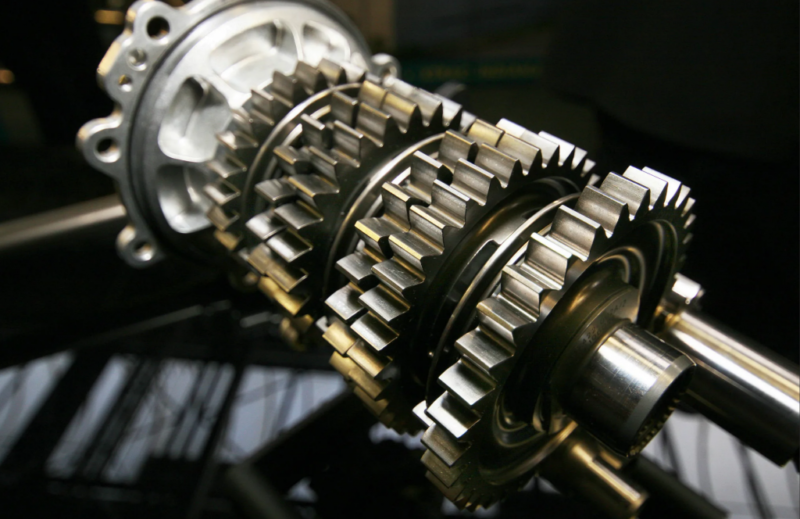Introduction
The Dodge Challenger is a legendary muscle car known for its powerful performance and iconic design. However, like any vehicle, it is not immune to problems. One common issue that some Dodge Challenger owners have experienced is related to the manual transmission. In this article, we will explore the various problems that can arise with the manual transmission of a Dodge Challenger, the symptoms and signs to watch out for, the potential consequences of ignoring these issues, and the repair costs involved.
Common Problems
1. Clutch Slippage
One of the most common problems with the manual transmission of a Dodge Challenger is clutch slippage. This occurs when the clutch fails to engage properly, resulting in a loss of power and acceleration. Drivers may notice that the engine revs higher than usual without a corresponding increase in speed. Clutch slippage can be caused by worn-out clutch components or hydraulic issues.
2. Gear Shifting Difficulties
Another problem that some Dodge Challenger owners face is difficulty in shifting gears. This can manifest as a grinding or crunching sound when attempting to shift, or the gear lever may feel stiff and resistant. Gear shifting difficulties can be caused by worn-out synchronizers, clutch linkage problems, or issues with the transmission fluid.
3. Noisy Transmission
Some Dodge Challenger owners have reported a noisy transmission, particularly when the vehicle is in neutral or when shifting gears. This can be attributed to worn-out bearings or other internal components within the transmission. The noise may range from a whining or humming sound to a more pronounced grinding noise.
Symptoms and Signs
1. Burning Smell
A burning smell coming from the engine compartment or near the transmission can indicate a problem with the clutch. This smell is often caused by excessive friction due to a slipping clutch.
2. Difficulty Engaging Gears
If you find it increasingly challenging to engage gears smoothly, experiencing resistance or grinding when shifting, it may be a sign of a transmission problem. This can be caused by worn-out synchronizers or other internal components.
3. Unusual Noises

Unusual noises, such as grinding, whining, or humming sounds, coming from the transmission can indicate internal damage or worn-out components. These noises should not be ignored, as they can worsen over time and lead to more severe issues.
Consequences
Ignoring manual transmission problems in a Dodge Challenger can have several consequences. Firstly, it can lead to further damage to the transmission and other related components, resulting in more expensive repairs. Secondly, driving with a faulty transmission can compromise the safety and performance of the vehicle, potentially leading to accidents or breakdowns. Lastly, unresolved transmission issues can decrease the resale value of the Dodge Challenger.
Repair Cost
The cost of repairing manual transmission problems in a Dodge Challenger can vary depending on the specific issue and the extent of the damage. Minor repairs, such as replacing worn-out clutch components or synchronizers, can range from $500 to $1500. However, if the transmission requires a complete overhaul or replacement, the cost can escalate to $3000 or more. It is essential to consult a qualified mechanic or transmission specialist to diagnose the problem accurately and provide an estimate for the repair cost.
Transmission Troubles Table
| Problem | Symptoms |
|---|---|
| Clutch Slippage | Burning smell, engine revs without power |
| Gear Shifting Difficulties | Grinding or crunching sound, stiff gear lever |
| Noisy Transmission | Whining, humming, or grinding sounds |
In conclusion, while the Dodge Challenger is a remarkable vehicle, it is important to be aware of potential manual transmission problems. By recognizing the common problems, understanding the symptoms and signs, and addressing any issues promptly, Dodge Challenger owners can ensure the longevity and optimal performance of their beloved muscle car. Remember to consult a professional for accurate diagnosis and repair to keep your Dodge Challenger running smoothly on the open road.
